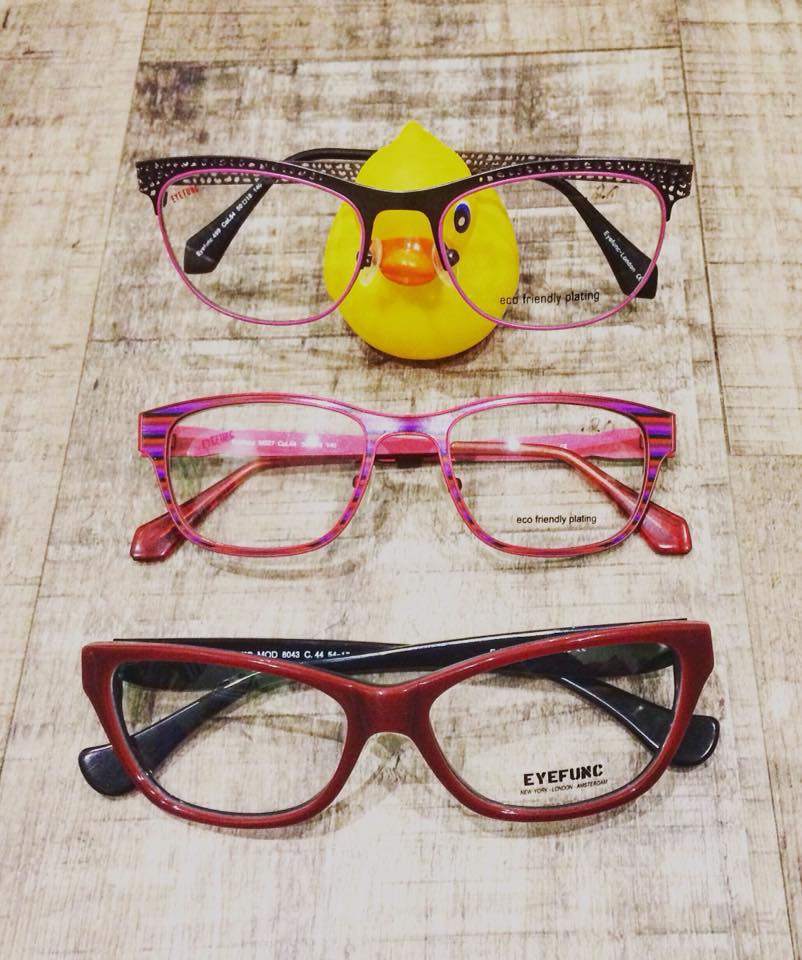According to the American Optometric Association, most children learn through the use of his or her eyes. Visual demands required of students today are different than they used to be, especially with the advent of smart phones and tablets. When in class, students often need to be able to view something far away (i.e. on the chalkboard) and then take notes on a piece of paper at their desk. This type of work requires that the eyes work together properly. If they do not, school can be quite a challenge. The vision screenings that are done at school or at a pediatrician’s office are very general, and do not check the child’s “accommodation” and “convergence,” which both deal with the focusing system of the eyes. Without checking these, it is virtually impossible to know how the child is doing with reading and other daily activities in the classroom. Additionally, problems in these areas may lead to headaches and eyestrain, especially at the end of the day.
All children can benefit from a comprehensive eye exam, to ensure that they have the best possible vision and ocular health to meet the demands required of them. Besides checking distance vision, a comprehensive exam will include a check of near vision, eye alignment, color vision, depth perception, determination of a glasses prescription if necessary, and an evaluation of ocular health.
I generally recommend bringing your child in every one to two years. Though most children come in for their first eye exam doing fine and not needing any visual correction, it never hurts to check. It is amazing how much a child’s behavior may change and performance in school start to improve once the necessary visual correction is prescribed.










